The passage of Storm Ciaran in Europe has left some outdoor spaces devastated. Ravaged flowerbeds, fallen trees, flooded vegetable garden, messy balcony or terrace, damaged garden shed, destroyed greenhouse… you don’t know where to start? A natural, destructive phenomenon like this one can leave you feeling unprepared if one ever strikes your home. But rest assured! To fix such damages, there are a few essential repair actions you must take. Here are 5 tips to follow to take care of your garden after a violent storm!
How to Restore the Garden After Storm? 5 Essential Actions
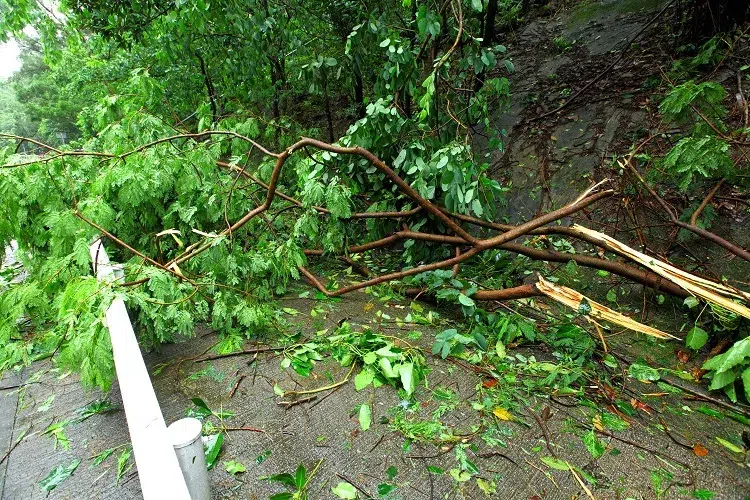
Credit: @leungchopan/Envato
The first thing to do after a storm, a thunderstorm, heavy rain, or even hail is to observe the damage. If one of your trees has fallen, it must first be removed. Otherwise, you cannot move on to cleaning the garden. So, start by cutting the side branches, releasing them gradually before moving on to the trunk. To make your life easier, please use a suitable chainsaw. If you have difficulty debiting it, do not take any risks, and do not hesitate to contact a professional. As for pruned branches, grind them to make RCW. It is perfect for mulching the soil or enriching compost.
Clean and Mulch the Garden
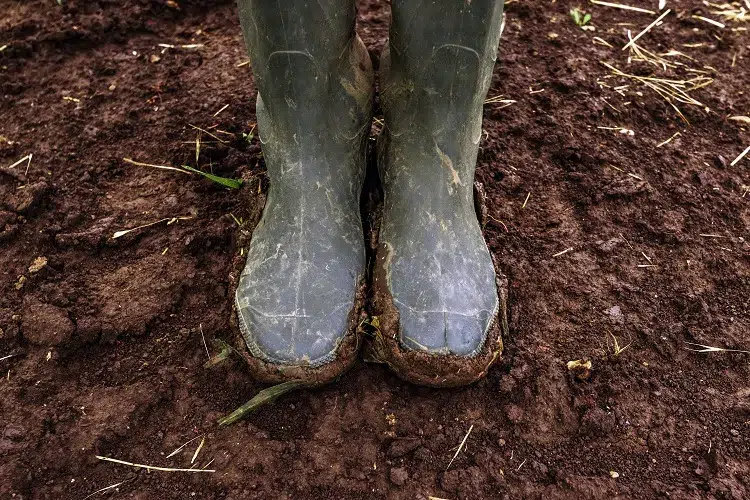
Crédit : @ stevanovicigor/Envato
After removing the fallen tree, it’s time to clean up! To do this, remember to collect sawdust, rake leaves, and wood twigs. Do not hesitate to put them in the plant shredder so that you can then use them in the compost. Once the area has been cleaned, rake or wheelbarrow to remove all the waste brought in by the wind and heavy rain.
Straighten the Pots & Repot Your Plants
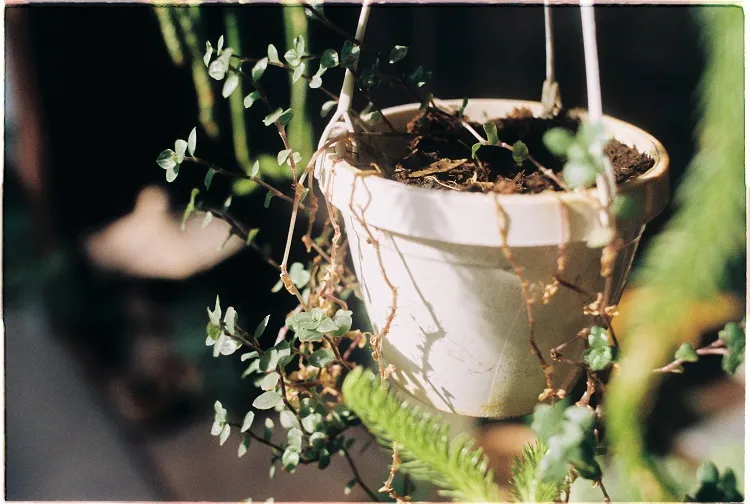
Straighten all your damaged or fallen pots. To save your plants, remove broken stems and branches. If your containers are broken, don’t hesitate to repot them. Otherwise, your greens may rot or freeze. To avoid breakage in the future, put your pots in plant pots.
Prune Plants in Your Garden After Storm
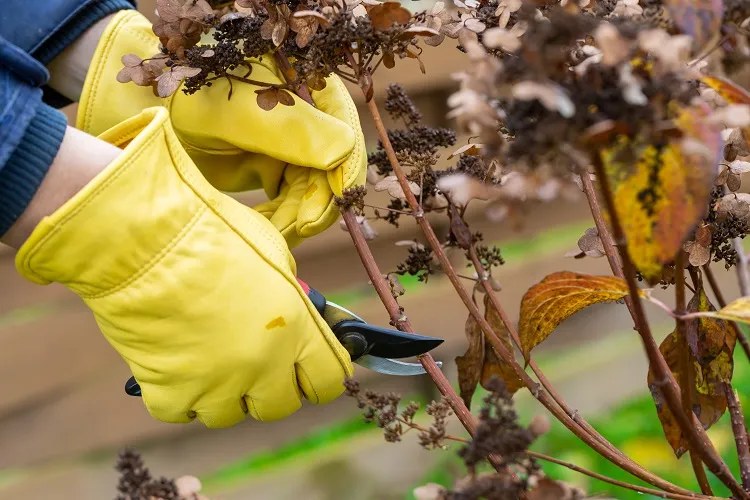
Crédit : @seyfutdinovaolga/Envato
In the flowerbeds, there can be several damages. To give them a second chance after a storm, cut back broken stems, remove dead leaves and remove shredded flowers. After pruning, don’t forget to apply a healing balm to the wounds to avoid illness. Replace the destroyed shrubs to restore the harmony of the flowerbed. Last little point to restore the latter, carry out mulching!
Also read: Gardening in November: 7 Important Tasks to Do in Late Fall
Perennials and annuals also need a helping hand to recover. So don’t be afraid to prune them. If your annual plants are uprooted, immerse them in water for a few hours to give them a second life. For climbing species or those with tall stems, install stakes to encourage their development. As for the most fragile flowers, like roses, dahlias, lupins and peonies, you can recycle the broken parts to make pretty bouquets.
Please note: The soil needs a week to dry. During this period, it is not recommended to work your flowerbeds.
Repair Vertical Structures in Garden

Crédit : @wirestock/Envato
After a storm, also remember to check the vertical structures in your garden! If the violent wind has torn off your pergola, prune the climbing plants that cover it, so you can move on to repairs. Then replace their stems so that they can grow back more easily, and put a little natural fertilizer (or compost) at their base.
What About the Damage to the Vegetable Garden?
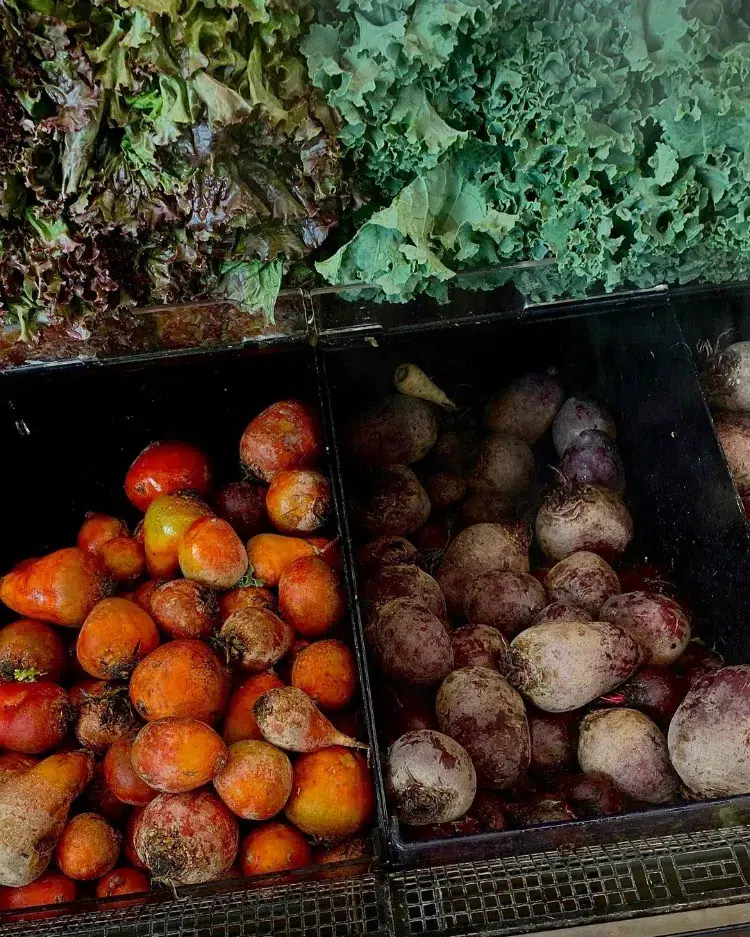
Crédit : @lamllenel/Instagram
After the passage of a storm, the damage to your vegetable garden may be less significant, knowing that it is less occupied in fall/winter. However, it is advisable to harvest all the small fruits, winter vegetables and aromatic herbs to enjoy them in the kitchen. Then clean the foliage damaged by rain, wind or hail. Apply Bordeaux mixture as a preventative measure against future illnesses. Being quite fragile, a good number of fruits and vegetables unfortunately need to be replanted to ensure a good harvest.
Also read: Organic Fertilizer for Vegetables: A Guide for Natural Fertilization in the Garden
Steps to Take to Prevent Future Damage
To avoid a future disaster, follow weather reports closely. This way, you can take certain precautions, such as storing items that can fly away or sheltering anything that can be damaged by heavy rain. Likewise, when you create a garden, take into account the climatic conditions of your region in order to choose the right species, that is, the least sensitive to the passage of a storm.
If you live in a windy area, consider planting a windbreak hedge to limit future damage. Prefer evergreen shrubs, such as privet, cherry laurel and pipe. As for trees, hardwood species such as oak, hornbeam, beech and maple are very resistant to violent winds and heavy rain. However, logic dictates that no trees should be planted near the house, the terrace or the garden shed.
For rainy areas, creating a rain garden is a great idea to consider. You can also open furrows in several places in your garden, then fill them with sand. The water will thus seep in, which will optimize the drainage of rainwater in your vegetable garden. Finally, consider installing a rainwater collector under the gutter.
Also read: Rain Barrel with Drip Irrigation: Combine Them Wisely to Save Water! Sustainable Gardening…
